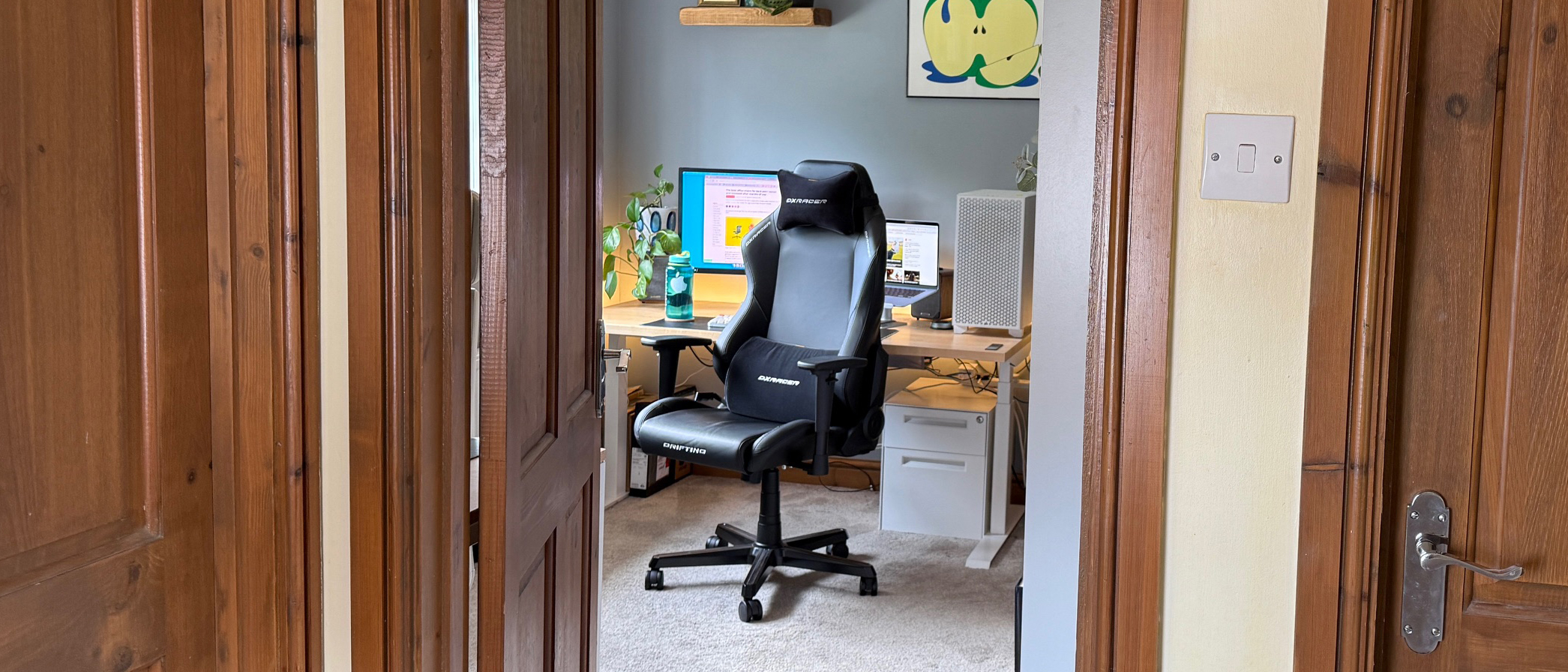The beer branding revolution of 2015
As craft beers invade the mainstream, Myles Pinfold examines how beer branding has evolved to keep pace.
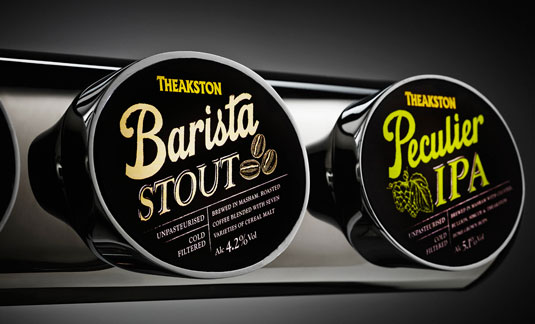
There has been a beer revolution in recent years, which has been driven by the American 'craft' brewers, who revolted against the big beer 'factories' (AB, Miller Coors, Pabst, etc) and created a whole new beer drinking culture.
The mantle has been taken up in the UK, although the lines are more blurred over here: we have cask ales, as well as keg beer and lager.
The growth in the UK brewing industry has been phenomenal and there are now over 1,400 breweries, with new brewery openings averaging three a week, and over 8,000 beer brands – we have more brewers per head than the USA.
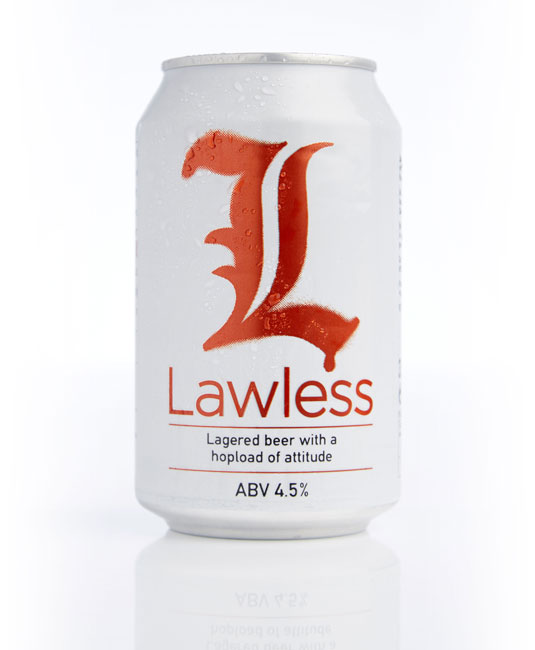
Everyone wants a piece of the 'craft' action: the new micro-brewers certainly do; the old world brewers too, although, arguably, they already brew craft cask beer; and the global brewers, who have finally woken up to the threat of the new beer revolution.
This has spawned a profusion of counterfeit craft, whereby brewers, and their designers, are creating a craft look and feel that is purely ephemeral, with no real commitment to the craft values.
As Charlie Papazian, president of the Brewers Association, says, when talking to the USA craft brewers: "Your success is the result of developing your brand and your image; knowing who you are and why you do the things you do. It's about establishing core values and defining who you are as a company. This is the cornerstone upon which to build your brand."
Proud to be different
'Craft' is all about putting the art into artisanship and creating great beers that differentiate themselves from the more mass-produced alternatives.
Get the Creative Bloq Newsletter
Daily design news, reviews, how-tos and more, as picked by the editors.
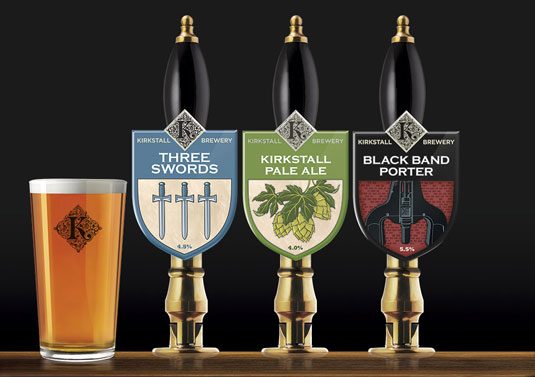
In the USA these craft brewers have recognised the power of the brand to help them take on the market forces. This has been instrumental in making some of the now classic craft brands famous:
- Flying Dog Brewery has collaborated with Ralph Steadman (a lifelong friend of one of the founders) over its beer branding since 1995.
- Odell's founder, Doug Odell, had the foresight to use a rebrand to reposition his brewery, just as the market started to heat up.
- Brooklyn Brewery was branded over 28 years ago by that great doyen of design, Milton Glaser, who is a shareholder in the brewery. It's now the fifth largest brewer in the USA.
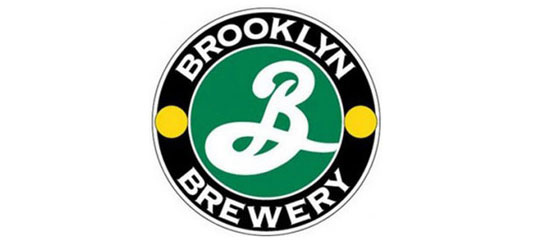
As one would expect, the market in the USA is significant with over 3,500 breweries (in the year 2000, there were only 1,500 and in 1932 there were zero…) and this has driven growth. There are also design companies that specialise solely in beer branding, such as Blindtiger.
Need to be different
The big issue created by the proliferation of new breweries is one of differentiation. Walk down the beer aisle of any Whole Foods store and the design bling is overwhelming: few brands stand out. The bar landscape can be equally confusing: tap handles are the big thing for the Americans and they come in all shapes and sizes. Bars can have up to 100 beers on tap and trying to order a pint when confronted by a forest of handles might give you a panic attack…
The poor drinker is often challenged when trying to make an informed choice, as there is too much visual chatter in the category and not enough clarity. As designers, we can create any look and feel to order and in this sector there is endless inspiration, with tens of thousands of beer labels and endless beer books to reference… it is too easy to simply follow the herd.
It's a bit like body ink, another favourite of the millennials (who are a major market for the new wave brewers). We think we are being unique and different by having tattoos, until we go down to the beach and find that everyone else has similar body ink, even Grandma.
Today's beers have a similar issue, individually the brewers think they are creating something special and beautiful…until they appear on shelf, or on the bar, and simply become part of the crowd. Brand mapping and market placement is key.
Tell them what's in the bottle, or can
Too often the brewer and designer are focusing on the individual beer brand, instead of championing the passion and individuality of the brewer, or understanding the recipe and style of the individual beer.
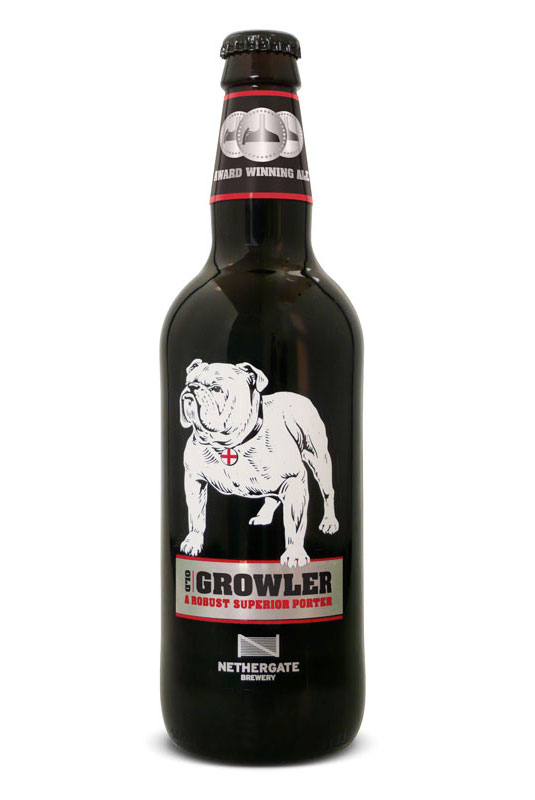
Telling the drinker what the beer tastes like is a good starting point – a learning that can be had from the wine category. Remember, there are over 8,000 beers in the UK and the diversity of beer is amazing, there are even more styles of beer than there are of wine.
Originality versus budget
Probably the biggest issue for the designer is integrity. Most of us want a beer brand in our portfolio, and beers are trending. Brewers are notorious for focusing more on production than brand, and too often seem more than happy to follow the crowd. Budgets are often tight and it is too easy to simply emulate what is already in the market, and ignore the true value proposition, vision and passion of the brewer.
Despite the market growth in craft, the overall beer market, by volume, has been in decline and there is arguably an oversupply of brewers – consolidation is on the horizon. The brands that will win through are those that invest wisely in their brand and have a strategic view.
For the designer, taking learnings from the US market is good, simply emulating our favourite beer is not good...
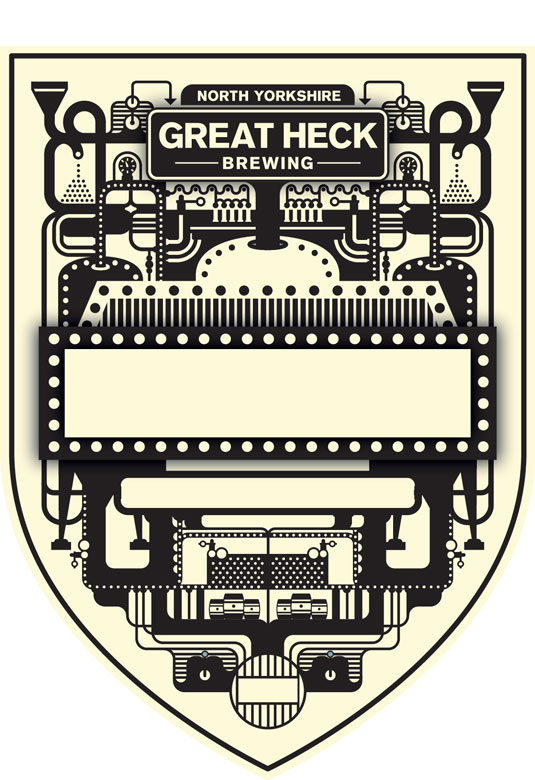
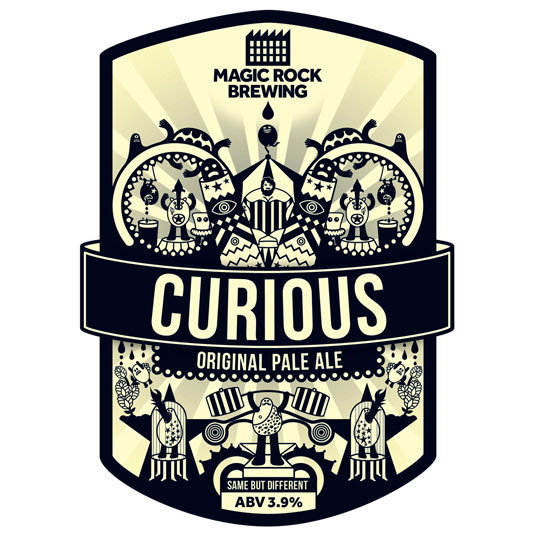
Words: Myles Pinfold
Myles is director of brand strategy and planning at WPA Pinfold. He has more than 30 years' experience of working in beer branding.
Liked this? Try these...
- 13 brilliant beer label designs
- What top brands would look like as beer bottles
- The ultimate guide to logo design

Thank you for reading 5 articles this month* Join now for unlimited access
Enjoy your first month for just £1 / $1 / €1
*Read 5 free articles per month without a subscription

Join now for unlimited access
Try first month for just £1 / $1 / €1

The Creative Bloq team is made up of a group of art and design enthusiasts, and has changed and evolved since Creative Bloq began back in 2012. The current website team consists of eight full-time members of staff: Editor Georgia Coggan, Deputy Editor Rosie Hilder, Ecommerce Editor Beren Neale, Senior News Editor Daniel Piper, Editor, Digital Art and 3D Ian Dean, Tech Reviews Editor Erlingur Einarsson, Ecommerce Writer Beth Nicholls and Staff Writer Natalie Fear, as well as a roster of freelancers from around the world. The ImagineFX magazine team also pitch in, ensuring that content from leading digital art publication ImagineFX is represented on Creative Bloq.
